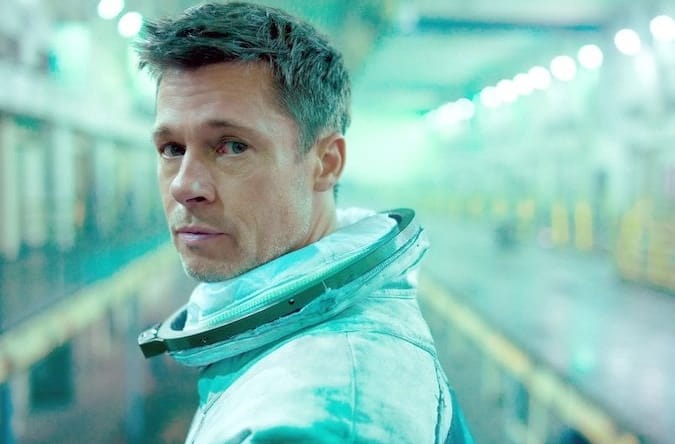
James Gray says making his new film Armageddon Time was a pleasure compared to his previous one, Ad Astra, for a simple reason: On Armageddon Time, he explains, “I had final cut.”
Gray has received a very positive critical reception for Armageddon Time, a deeply personal story about a young boy (Michael Banks Repeta) in a struggling Jewish household in Queens, New York in 1980. When he makes friends with a Black student (Jaylin Webb) on the first day of school, both of their lives are indelibly changed. Anne Hathaway, Jeremy Strong, and Anthony Hopkins also star, and Jessica Chastain turns up as a member of the Trump family.
In a new feature for MovieMaker breaking down every stage of making Armageddon Time, Gray explained that he began writing the film in Paris in 2019 while mourning the fate of Ad Astra. Gray says the film, a box office disappointment, was taken away from him during the edit and that the final version of Ad Astra isn’t what he set out to make.

James Gray
“The shooting of Ad Astra was actually quite pleasant, for the most part,” he told MovieMaker. “I mean, it was mechanically difficult and technically difficult. But I was still telling something quite personal. I loved what Brad Pitt was doing in the movie. And so I was very heartened during the shoot. It was actually the post process that unwound the film.”
Gray says he agreed to give up final cut on the film — which had a reported budget of $90 million — but soon realized it was “a terrible mistake.” Asked who took away final cut, he said he didn’t want to get into “spilt milk territory,” because “it’s not helpful,” adding: “And by the way, it’s also boring. Really boring to get into the weeds on that.”
But he said he realized through the Ad Astra experience that he could never give up final cut again, because only by retaining final cut can a director preserve the overall vision of the film.
“It’s the director’s job to embrace the ideas that expand the notion of the film and get rid of the ones that get in the way. And so when you have final cut, you can be open, ironically. And when you don’t have final cut, and when the ideas of others are more important than yours, and you’re the writer-director, then the waters get very muddied. And the work is necessarily compromised,” he explained. “Some of that comes down to budget — what the perceived risk is. But I made that choice to give up final cut on Ad Astra, which was a terrible mistake. And so I vowed that, if a film has my name on it, particularly as the writer director, I can’t have that happen again.”
He added that the post production on Armageddon Time “was joy”: “I got up in the morning, went into my guest house, turned on my computer system and my projector, and logged in with the editor, who was in New York. And though I’m in Los Angeles, it was like I was in the room with him. It was strange. I’d have liked to be in the room with him, it’s better. But we didn’t miss a beat.”
Here’s our full talk with James Gray about the making of Armageddon Time, in which he talks about how the integrity of The Beatles and Muhammad Ali fueled the film, how he gets A-list actors to work relatively inexpensively, and why art is supposed to upset people.
Armageddon Time, directed by James Gray, is in theaters October 28.
Main image: Brad Pitt in Ad Astra, directed by James Gray.

